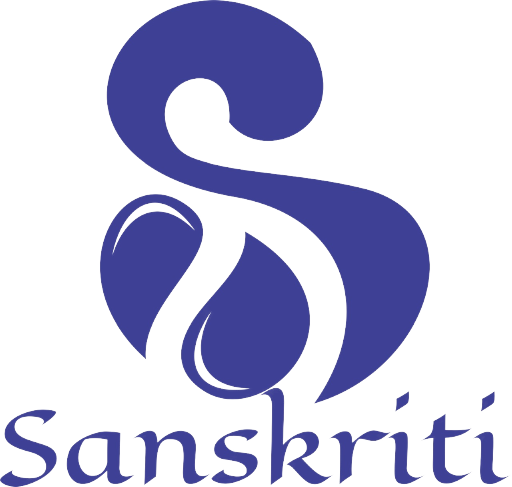The use of Industrial Internet of Things (IIoT) in ETPs can improve the efficiency and effectiveness of the treatment process. IIoT sensors and devices can be used to monitor various parameters of the wastewater, such as pH, temperature, and flow rate. This data can be used to optimize treatment processes and detect issues before they become serious. Additionally, IIoT can be used to remotely control and adjust the ETP, allowing for more efficient use of resources and faster response times to changes in wastewater conditions.
IIoT in Effluent Treatment Plant
The focus of this knowledge is on the use of Industrial Internet of Things (IIoT) for environmental technology, including wastewater treatment plants (WWTPs).
IIoT is a network of connected devices that communicate with each other and the internet. It can be used to collect data and make decisions, which improves the efficiency of ETPs. IoT also helps control processes better, such as monitoring flows in different parts of the treatment plant, reducing waste by identifying leaks before they happen, improving automation through sensor technology or remote access capabilities (RAC), etc…
IIoT for ETPs
For the first time, sensors are being placed in the effluent treatment plant (ETP). This will allow them to capture data and send it back to a central database where it can be analyzed by experts. The sensors will also be able to communicate with each other, allowing them all to share information about what’s happening inside the plant. In this way, an ETP manager can keep tabs on everything from water quality and treatment efficiency, down through each stage of treatment until reaching final discharge or storage tanks where excess nutrients are removed from wastewater before being released into lakes or rivers again.
IoT in the Future of ETPs
The future of ETPs is IIoT.
IIoT can help the plants reduce costs and improve efficiency, while also helping them control their treatment processes better. This will lead to better quality water and a safer environment for both users and workers in the plant.
IIOT can help ETPs control their treatment processes better.
With IIoT, ETPs can reduce costs and improve operational efficiency.
The biggest benefit of IIoT is its ability to monitor industrial processes in real time. This means that the plant manager can see what’s happening at any given moment and make changes accordingly. For example, if there’s an issue with the flow rate of raw sewage from one part of the facility to another—something that often happens during heavy rainstorms—the sensor can notify human operators who will then take action by opening valves or shutting down pumps when necessary (saving time).
Other applications include:
- Using sensors on conveyor belts so they know exactly where everything is at all times (so no more accidents!)
- Tracking employee attendance so managers know exactly how many people are working on each shift
Conclusion
IIoT has enormous potential for ETPs and it is likely that we will see more and more use of it in the future. This article has discussed how IIoT can be used to monitor and control processes in an efluent treatment plant, which could have a huge impact on both efficiency and safety.

